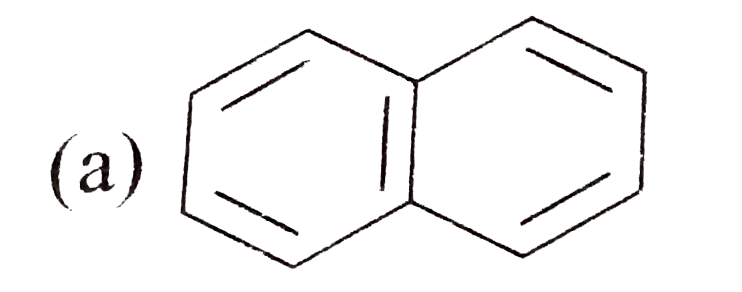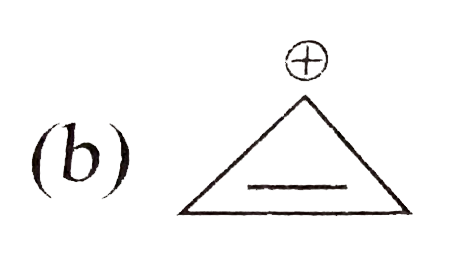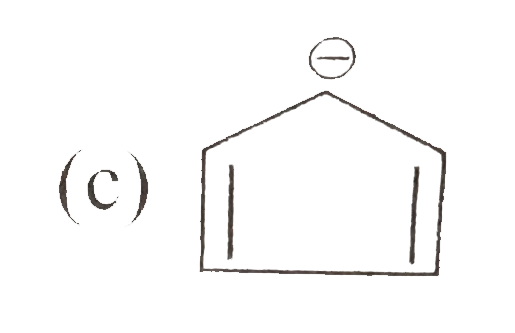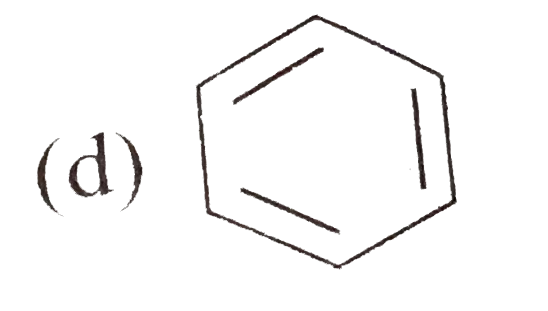Spectroscopic measurements indicate that the two oxygen atoms of sodium acetate are equivalent. Both the C-O bonds have the same lengths (126 pm). Explain.
To explain why the two oxygen atoms in sodium acetate are equivalent and why both C-O bonds have the same length of 126 pm, we can follow these steps:
Step 1: Understand the Structure of Sodium Acetate
Sodium acetate (CH3COONa) consists of an acetate ion (CH3COO-) and a sodium ion (Na+). The acetate ion has a central carbon atom bonded to three hydrogen atoms (from the methyl group) and two oxygen atoms.
Step 2: Identify the Bonding in the Acetate Ion
In the acetate ion, the carbon atom is bonded to two oxygen atoms. One oxygen atom is connected through a single bond (C-O) and the other through a double bond (C=O). However, this is a simplified representation.
Step 3: Recognize Resonance Structures
The acetate ion can be represented by two resonance structures. In one structure, one oxygen has a double bond with carbon while the other has a single bond and carries a negative charge. In the second structure, the positions of the double bond and the negative charge are swapped. This means that the actual structure of the acetate ion is a hybrid of these two resonance forms.
Step 4: Understand the Implications of Resonance
Due to resonance, the electrons are delocalized over the two oxygen atoms. This delocalization means that the character of the bonds between carbon and both oxygen atoms is averaged out. As a result, both C-O bonds are neither purely single nor purely double bonds.
Step 5: Conclude on Bond Lengths
Because of the resonance, both C-O bonds have the same bond length of 126 pm. The bond length is a result of the average character of the bonds due to resonance, making the two oxygen atoms equivalent in terms of their bonding environment.
Final Explanation
Thus, the equivalence of the two oxygen atoms and the equal bond lengths of the C-O bonds in sodium acetate can be attributed to the resonance structures that allow for the delocalization of electrons, leading to a uniform bond character.
---
Sodium acetate (CH3COONa) consists of an acetate ion (CH3COO-) and a sodium ion (Na+). The acetate ion has a central carbon atom bonded to three hydrogen atoms (from the methyl group) and two oxygen atoms.
In the acetate ion, the carbon atom is bonded to two oxygen atoms. One oxygen atom is connected through a single bond (C-O) and the other through a double bond (C=O). However, this is a simplified representation.
The acetate ion can be represented by two resonance structures. In one structure, one oxygen has a double bond with carbon while the other has a single bond and carries a negative charge. In the second structure, the positions of the double bond and the negative charge are swapped. This means that the actual structure of the acetate ion is a hybrid of these two resonance forms.
Due to resonance, the electrons are delocalized over the two oxygen atoms. This delocalization means that the character of the bonds between carbon and both oxygen atoms is averaged out. As a result, both C-O bonds are neither purely single nor purely double bonds.
Because of the resonance, both C-O bonds have the same bond length of 126 pm. The bond length is a result of the average character of the bonds due to resonance, making the two oxygen atoms equivalent in terms of their bonding environment.
Thus, the equivalence of the two oxygen atoms and the equal bond lengths of the C-O bonds in sodium acetate can be attributed to the resonance structures that allow for the delocalization of electrons, leading to a uniform bond character.
Topper's Solved these Questions
- ORGANIC CHEMISTRY-SOME BASIC PRINCIPLES TECHNIQUESBOOK - PRADEEPCHAPTER - ORGANIC CHEMISTRY-SOME BASIC PRINCIPLES TECHNIQUESEXERCISE - Additional Questions (Long Answer Type Questions)
10 Videos
- ORGANIC CHEMISTRY-SOME BASIC PRINCIPLES TECHNIQUESBOOK - PRADEEPCHAPTER - ORGANIC CHEMISTRY-SOME BASIC PRINCIPLES TECHNIQUESEXERCISE - Analytical Questions and Problems with Answers/Solutions (Questions)
16 Videos
- ORGANIC CHEMISTRY-SOME BASIC PRINCIPLES TECHNIQUESBOOK - PRADEEPCHAPTER - ORGANIC CHEMISTRY-SOME BASIC PRINCIPLES TECHNIQUESEXERCISE - Additional Questions (Very short Answer Questions)
41 Videos
- HYDROGEN BOOK - PRADEEPCHAPTER - HYDROGEN EXERCISE - COMPETITION FOCUS (Assertion-Reason Type Questions) Type 2
15 Videos
- P-BLOCK ELEMENTS (NITROGEN FAMILY)BOOK - PRADEEPCHAPTER - P-BLOCK ELEMENTS (NITROGEN FAMILY)EXERCISE - Competition focus jee(main and advanced)/ medical entrance special) (VIII. Assertion-Reason Type Questions)
10 Videos
Similar Questions
The following is one way of writing the structure of the nitrate ion:

However ,considerable physical evidence indicates that all three nitrogen -oxygen bonds are equivalent and that they have the same length , a bond distance between that expected for a nitrogen -oxygen single bond and a nitrogen -oxygen double bond . Explain this terms of resonance theory .
View SolutionIn spite of being an odd electron molecule ClO2 does not dimerise because.a) The odd electron is localised in the chlorine atom of "p π-p π bonding in the central atom b) The two "Cl-O" bonds do not have the same length c) The odd electron is delocalised
View Solution
Knowledge Check
Which of the following compounds do not have all C-C bond of same length?
A B
B C
C D
D
All the C-O bonds in carbonate in (CO2−3) are equal in length. Explain.
View SolutionAll the C-O bonds in carbonate in (CO2−3) are equal in length. Explain.
View SolutionTwo atoms, X and Y are given below.
199X,2010Y
Are both atoms of the same element? Explain.
View SolutionDescribe hybridisation in the case of PCl5andSF6 The axial bonds are longer as compared to equatorial bonds in PCl5 whereas in SF6 both axial bonds and equatorial bonds and have the same bond length. Explain.
View SolutionThe hybridisatio of oxygen in both water and diethyl ether molecules is the same but they differ in their bond angles. Explain.
View SolutionIf two radioactive samples have the same activity measured in curies, will they necessarily create the same damage to a medium? Explain.
View SolutionExplain the fact that the C-O bond length in RCOOH is shorter than in ROH
View Solution